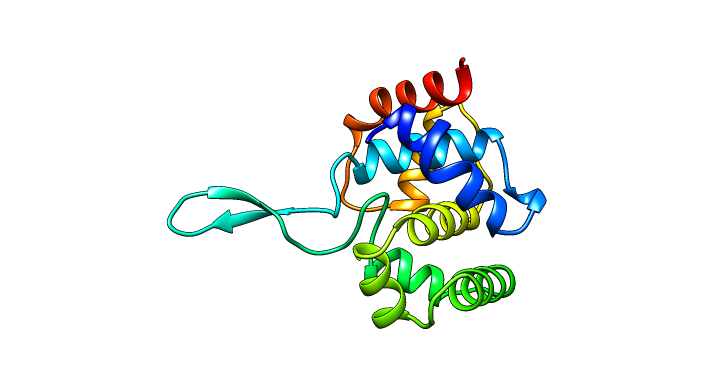Endolysins are phage-encoded enzymes whose function is to hydrolyze the peptidoglycan of the host bacterium at the end of the lytic cycle of the phage, allowing the dissemination of the phage progeny. In recent years, and to deal with many bacterial pathogens, the use of a wide variety of endolysins has been described which, after their recombinant expression and purification, are added exogenously to bacteria. In this therapeutic context, these specialized enzymes (enzybiotics) represent a great hope in their future clinical application due to their various advantages over antibiotics, namely: a) the majority have different levels of specificity (strain, species, genus ...) and, consequently, do not affect the usual microbiota; b) no bacteria resistant to these enzymes have been described so far, probably because their target (peptidoglycan) is a highly conserved essential structure among bacteria; c) for the same reason, they are equally effective against multi-resistant strains; d) they also display antimicrobial activity against bacteria that form biofilms which are generally refractory to the action of antibiotics; e) they are effective in all types of bacterial metabolic states; f) can be cheaper to produce than any antibiotic. The numerous articles that have been published in recent years provide an additional argument of the interest that this strategy is awakening among the scientific and business community, and contribute to establishing these agents as a real alternative to fight against the great threat of multi-resistant pathogens to short term.
Previously we constructed the most powerful chimeric enzymes to date against pneumococcus (Cpl-711 and PL3), which contain a catalytic domain (lysozyme or amidase) and a choline-dependent substrate-binding domain. This characteristic makes this type of enzyme strictly specific against pneumococcus. In addition, we have characterized other enzymes with a broader host range, such as Cpl-7S and Csl2. We have also identified new enzybiotics against Gram-negative respiratory pathogens, such as Pseudomonas aeruginosa and Acinetobacter baumannii. All these enzymes are tested in different in vitro tests with planktonic bacterial cultures and in the form of biofilms, and the results are validated in different animal models of infection, such as mice or zebrafish. In addition, we are using different types of nanoparticles to load or immobilize the most powerful enzybiotics in order to be able to direct them to specific niches and control their subsequent release so that they can exert their bactericidal activity against a specific pathogen without affecting the rest of the bacterial population.
Our current efforts are now focused on the design of novel "à la carte" enzybiotics that contain a catalytic domain fused to specific cell-wall recognition modules selected from a library of protein variants with the beta-beta solenoid fold.


